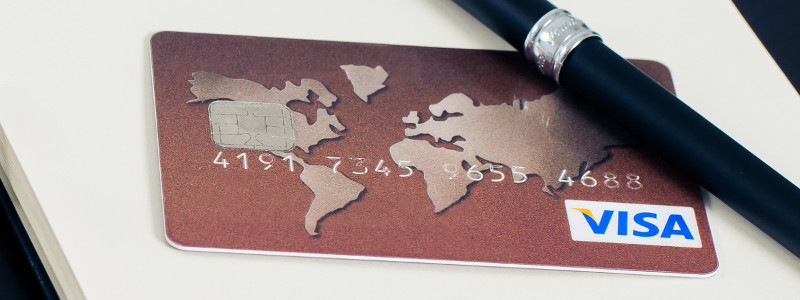
In the United States, fraudulent transaction liability has recently shifted to the retailer if credit card payments are not processed on a point of sale (POS) terminal which supports EMV (also referred to as chip-and-pin cards). This means that the credit card companies will no longer pay retailers for the fraudulent transactions. Similar liability shifts have previously occurred in Canada, Australia, and most countries in Asia and Europe.
What is EMV?
The term “EMV” is derived from the standard’s original creators: Europay, MasterCard, and Visa. Other companies including American Express and Discover are also implementing this technology.
EMV is a technical standard where financial transactions are completed with chip-based payment cards. After inserting (or “dipping”) this chip into a payment terminal, a pin must be entered to authenticate the cardholder. After authentication, the card data is then encrypted and transmitted to the payment processor/bank. Once the transaction is authorized, a token is sent back to the merchant and used for any financial transactions (e.g. sales, adjustments, refunds) instead of the actual card number. If the token is ever to be stolen, it would not work outside of the original merchant environment.
Does my business need an EMV payment terminal?
Businesses may continue using their existing payment terminals. Some retailers may opt not to purchase new EMV-certified terminals as it can be costly to upgrade, especially if they require multiple terminals.
Retailers who continue to swipe credit cards using the older terminals will simply be liable for any fraudulent transactions. To reduce the risk of fraud, businesses should continue to verify clients' identities by ensuring that the signatures match (on the back of the card and on the credit card slip) or by checking photo ID.
Why should I get an EMV payment terminal?
Businesses should strongly consider getting an EMV payment terminal for a couple reasons. First, businesses should look to secure their revenue stream. Fraud is less likely with an EMV terminal, but if it is to happen, the credit card issuer will be liable and the retailer will still receive its payment. Especially for smaller salons and spas, not receiving the revenue for services that have already been performed can significantly affect profitability.
Furthermore, as the technology becomes more widespread, consumers will expect to use the chip-and-pin functionality. If they feel that they may be at risk, they may become hesitant to use credit cards with non-EMV terminals. It is more costly to lose a couple clients than to implement the technology.
Beyond security, many EMV payment terminals offer convenience as they will accept mobile payments via near field communication (NFC).
Insight’s Credit Card Integration
From initial setup through ongoing operation and troubleshooting, Insight Software simplifies the process of accepting card payments so your business operates more efficiently and more profitably. Insight is fully EMV-certified and is PCI and PA-DSS compliant. This means that your payment data is as secure as possible when you trust Insight to meet your payment acceptance needs.




